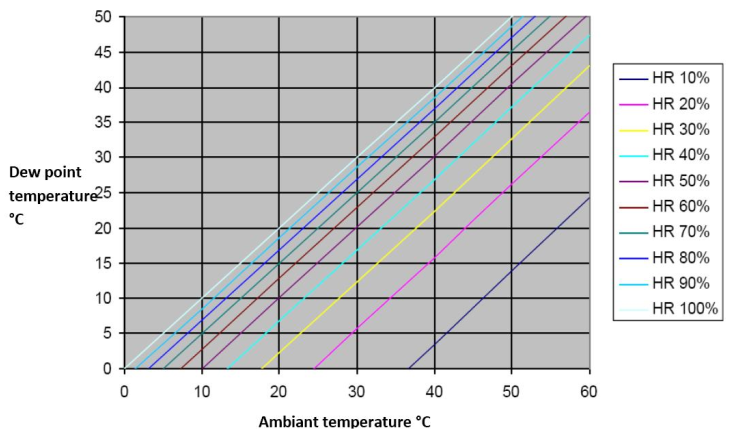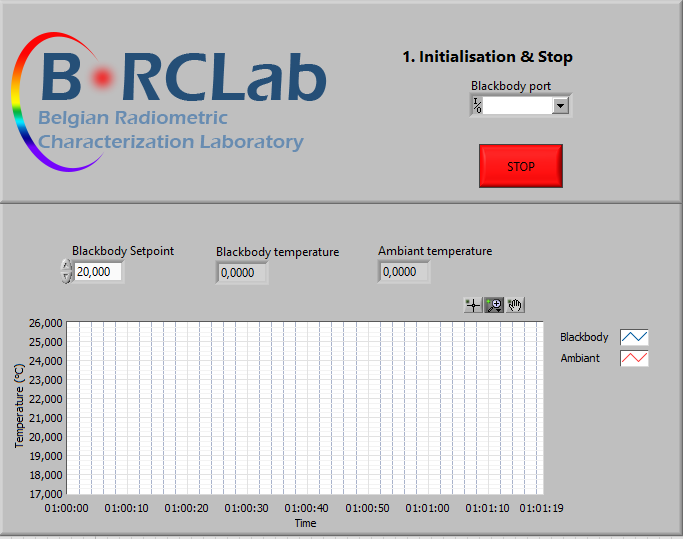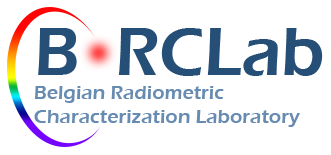Transportable blackbody
A perfect blackbody (emissivity ε = 1) emits electromagnetic radiation determined by the temperature only. The radiation is emitted according to Planck's law. Blackbody (BB) radiation are suitable for radiometric characterization in a wide spectral range, from the VIS (when the BB temperature is high enough) to the far IR, since it provides continuous spectra. In the past few years, they have been largely used for pre-launch calibrations of space instruments or sensors, but also for meteorological instruments measuring solar radiation (such as pyranometers), or emissivity measurements, … .
At B.RCLab, we dispose of a small air-cooled blackbody, model DCN1000H from HGH Infrared Systems (France), with high thermal uniformity, stability and emissivity, for absolute temperatures ranging from –15°C to +150°C. Its main application in our facilities is therefore the characterization or the calibration of optical systems such as sensors or IR detectors. Figure 1 shows the normalized spectral distribution of the radiance, for some temperature of the black surface of this model DCN1000H.

The emissive surface is a 100 mm x 100 mm black square and its temperature, measured with a high precision thermometric platinum sensor, is stabilized within 0.5 mk. Consequently, the DCN 1000 is a reference blackbody over a wide temperature range. Moreover, the heating and cooling down is very fast. The whole blackbody system consists of two parts: the electronic controller and the blackbody head, as shown in Figure 2. The controller sends the power to the blackbody head in order to regulate its temperature at the desired setpoint, in differential or in absolute mode.
Nitrogen pipes for flushing are available. It must be used depending on the difference between ambient and blackbody temperatures in order to avoid water condensation. Figure 3 illustrates the dew point as a function of the blackbody temperature and the relative humidity.

Thanks to its RS232 communication link, the blackbody can be interfaced on a computer, and a self-designed LabView interface was developed to control it remotely (Figure 4). Blackbody and ambient temperatures appearing in Figure 4 indicate the absolute temperature in °C of the emissive surface and the ambient temperature in °C, respectively. Blackbody setpoint allows to modify the current absolute temperature setpoint of the blackbody. It is worth to mention that the software monitors and plots in real time the absolute temperature of the BB.


